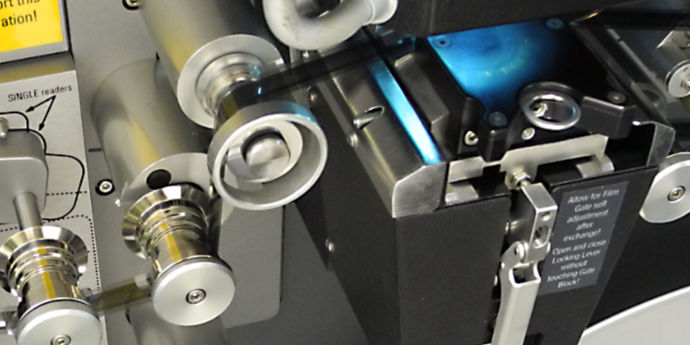The Film: “Yoga And The Individual” from 1966
In 1966, Melbourne film maker John Murray undertook to make a documentary film about the subject of Yoga. The film is called “Yoga and the Individual” and it won a Silver Award at the 1966 Australian Film Institute awards. This post discusses some of the film’s history and the recent scanning and restoration of an original copy.
